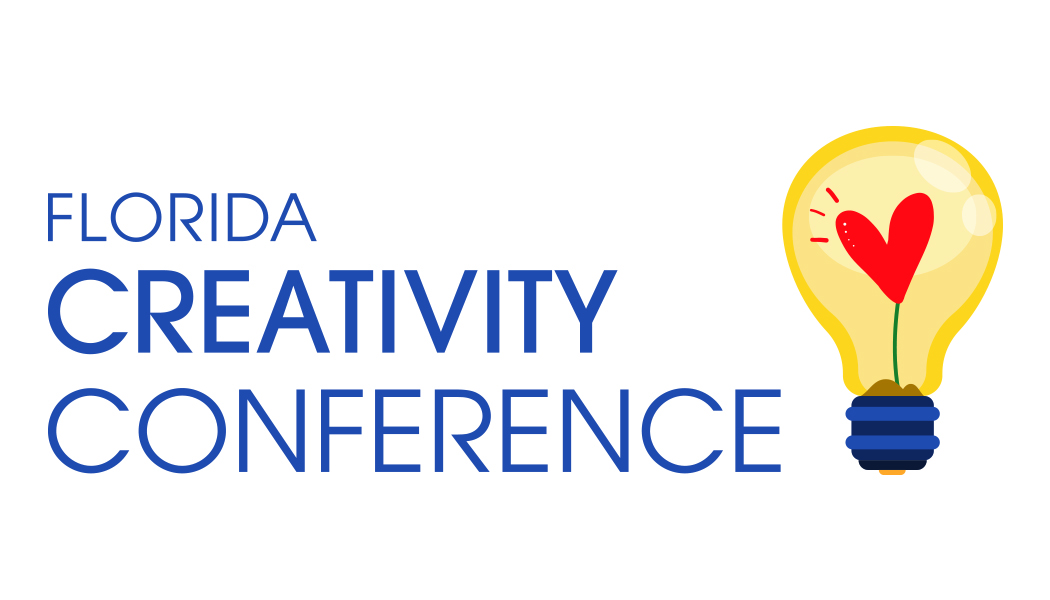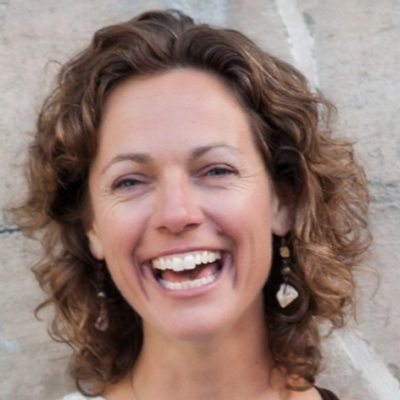Researched-based Techniques to Relax, Overcome Artist’s Block, and Increase Creativity
Discover and apply researched-based techniques in this experiential workshop to reduce stress, remove blocks in the creative process, and increase relaxation. Participants learn and utilize various scientifically proven methods such as the Emotional Freedom Technique (EFT), Breathing Exercises, Guided Meditations, Creative Visualization, Mindfulness Activities, and more to strengthen the Vagus Nerve and calm the Parasympathetic Nervous System. Attendees will experiment with these hands-on practices and self-assess for decreased stress and increased relaxation with observation of improved creativity, clearer communication, and increase productivity after the session.
What:
What 3 things might your participants learn or experience as a result of your workshop?
- Learn how to reduce stress levels and increase relaxation, which can lead to increased creativity.
- Participate in guided imagery exercises and discover ways to positively impact performance, communication, relationships and more.
- Rate stress levels using a self-assessment scale before and after sessions and compare the results, noting an improved score.
So What:
What might be 3 ways that the content of your workshop changes your attendees’ perceptions, habits, ways of working, or view of the world?
- Understand how the body, specifically the amygdala in the brain, reacts to stress and why that’s important.
- Recognize the results of stress, such as increased cortisol levels, on the body, ways to decrease stress and the benefits of reducing its impact.
- Engage in mindfulness activities in order to assist with lowering cortisol levels and regulating emotions.
Now What:
What are 3 ways your attendees might apply what they learn in your workshop?
- Experience the Emotional Freedom Technique (EFT) and apply it independently to further relax the amygdala in order to release self-limiting beliefs, pain, stress, and more.
- Reframe negative self-talk into positive language to shift mindset in work or home settings and note improvements.
- Practice breathing exercises to strengthen the Vagus nerve and balance the parasympathetic nervous system.

